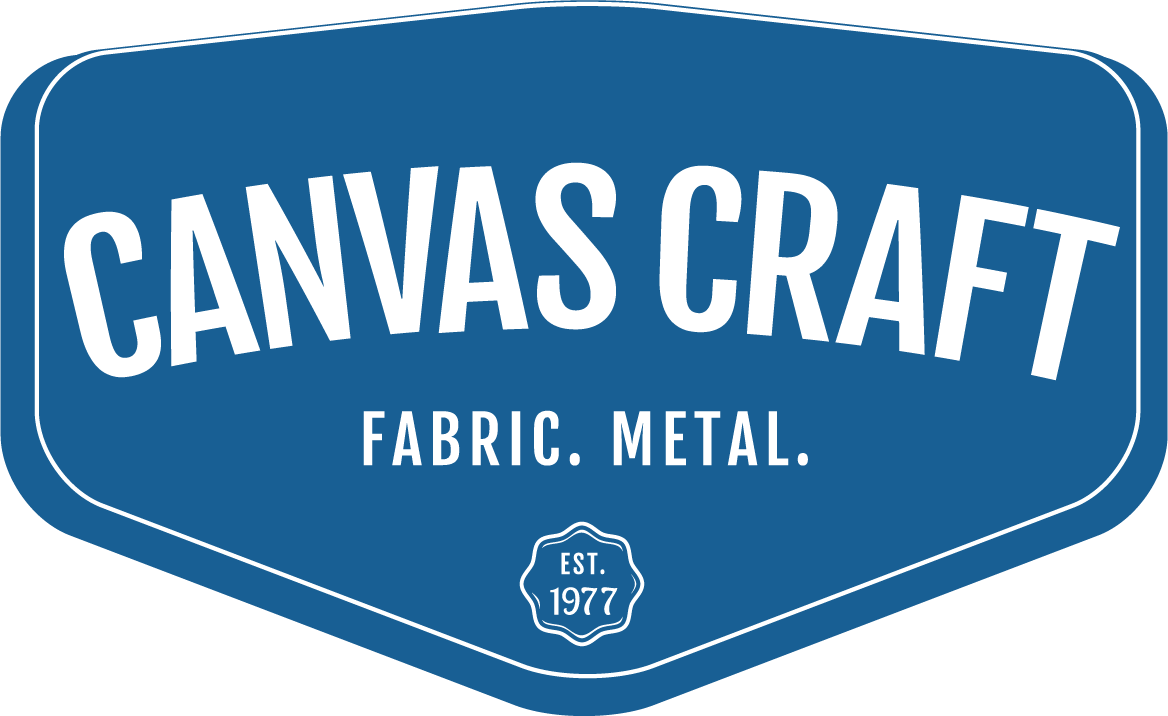5 SPECIFIC WAYS THAT FACILITIES CAN PROTECT THEMSELVES HEADING INTO 2021 (IF YOU MANAGE ANY FACILITY, BIG OR SMALL, THIS IS FOR YOU)
2020 has forced our facilities to operate differently.
Whether you’re a small family-owned business or you’re a facilities manager overseeing an entire college campus, or anywhere in between, we’d like to offer a few insights.
“The Covid-19 pandemic has challenged us to assess our daily operations procedures, staffing levels and building traffic flow. A critical component of this process has been to evaluate, reassess our procedures and methods and make continuous improvements as the situation or environment changes (increased Covid-19 cases on campus). Sourcing PPE and plastic dividers for our operations has been paramount in our success to date.”
- Jeff Seifriz, Associate Ad - Facilities Operations, University of Minnesota
Below you will find 5 specific ways that facilities can protect themselves heading into 2021. Our hope is that these insights will inspire safe and healthy operations in your place of work this next year.
Create a facility roadmap.
The first thing you should do within your facility is create a roadmap for your customers and employees. This will help these individuals navigate through your buildings safely, ensuring proper spatial awareness, and keeping you in control of traffic patterns should your building become contaminated. Creating a facility roadmap also helps to ensure:
You’re prepared to offer cleaning solutions at the appropriate checkpoints within your building (not just in restrooms and on top of check-in counters).
Unnecessarily large backups of employees and customers do not occur in areas where they could be prevented (near doors, elevators, etc.).
Navigate spatial distancing.
Along with creating a facility roadmap, you should also assess each room within your building, identifying the appropriate spatial distancing measures that your company should be taking in each (i.e. how many people can safely be in each room and how that room’s furniture should be spaced out in order to accommodate). This will allow you as the facility manager to recommend and enforce proper spatial distancing keeping everyone inside as safe as possible. For spaces with limited available space, you may consider limiting the number of total individuals allowed inside the building, or implementing a system to block off and manage the time people (or small groups) can use collaborative areas.
Understand your role as crisis manager.
As the facility manager, your role now also includes being a crisis manager. If an outbreak occurs within your building, such as COVID-19, your entire team and organization can be at risk. So, it’s important that you understand your role as crisis manager. Below are a few questions for you to ask yourself to help you with this newfound responsibility.
How quickly can you deactivate employee or customer access to the building, and what does that process include?
Can you help leadership create multiple in-person shifts for employees, or strategic areas for groups of employees to work within, preventing a mass spread of any infectious disease, should there be an outbreak?
For workspaces that are close in proximity or that have collaboration areas, how are you creating more separation and protection from respiratory droplets contamination? Would dividers or partitions make a difference?
How will you educate, encourage, and enforce employees in the washing and disinfecting of their hands? In other words, how will your building enforce the best cleaning and sanitation practices?
Implement and uphold health & safety guidelines.
You’re in control of your building. Because of this, it’s important that you implement and uphold health & safety guidelines for all of the individuals who are within it. While obviously you won’t be perfect in this, it’s still important to follow the Center for Disease Control’s recommendations. These include:
Wear a mask to protect yourself and others and stop the spread of COVID-19.
Stay at least 6 feet (about 2 arm lengths) from others who don’t live with you, particularly in crowded areas.
Wash your hands with soap and water for 20 seconds or use hand sanitizer with at least 60% alcohol.
Communicate directly and promptly.
The single most important way you can protect your facility heading into 2021 is to have an effective communications plan. This includes being ready for quick, direct communication regarding an outbreak, change of process, or new guidelines (whether those are imposed by the government or your staff). Effective communication is timely, easily digestible and leaves people with a thorough understanding of what’s expected. In the case of an emergency or important announcement, effective communication will be your saving grace, keeping your facility, and everyone within it, safe.
2020 has forced us to operate differently.
But that might not necessarily be a bad thing.
We hope these insights are helpful as you plan for 2021, and beyond.
If you have any questions about spatial distancing, and how you can do that safely, our team would love to talk about our custom sneeze walls and partitions. Learn more here: https://www.canvascraftinc.com/featured-product-sneeze-walls.
-Canvas Craft Team
